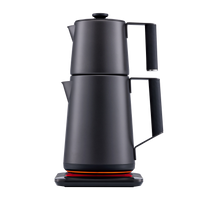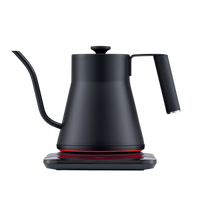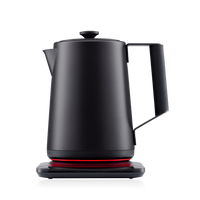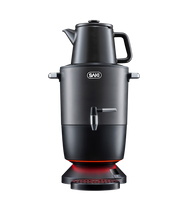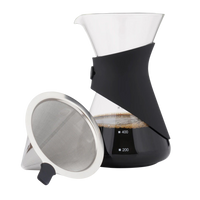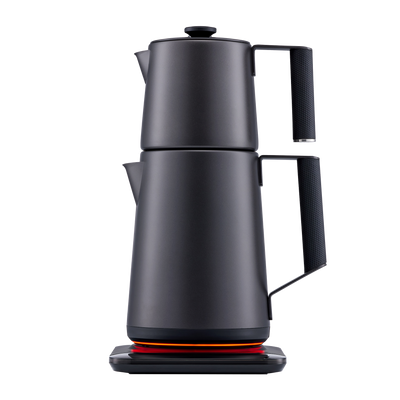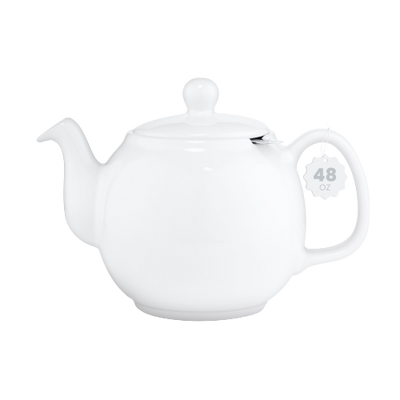turkish tea vs english tea: a head-to-head comparison

Summary: Explore the unique world of Turkish and English tea cultures in our latest blog post. Learn about their distinct brewing methods, taste profiles, serving traditions, and health benefits. This insightful guide is perfect for tea enthusiasts and beginners alike!
It's no secret that tea plays an integral role in various cultures worldwide, offering not only soothing relaxation but also fostering social cohesion. The rituals and traditions surrounding tea are as diverse as the flavors themselves. Today, we're going to immerse ourselves in a rich comparison of two of the most celebrated tea cultures: Turkish Tea and English Tea.
Both derived from black tea leaves and steeped in tradition, these tea cultures boast distinct characteristics that set them apart, from unique flavors and brewing methods to varied serving traditions.
How are Turkish Tea and English Tea Prepared?
Turkish Tea
Brewing a perfect cup of tea is an art, one that varies from culture to culture. Turkish tea, deriving its unique identity from the aromatic black tea leaves of Turkey, involves an exceptional brewing method using a two-tiered teapot, known as 'çaydanlık.'
The bottom pot is filled with water and brought to a boil, while the top pot houses the loose tea leaves. Some of the boiling water is used to steep the tea leaves, and the remaining water is kept simmering. The tea is served by diluting the strong tea from the upper pot with boiling water from the bottom pot, catering to personal strength preferences.
For an effortless and modern take on this traditional method, you might want to consider the SAKI TeaSmart Electric Turkish Tea Maker. It simplifies the brewing process while maintaining the authenticity of Turkish tea-making tradition.
English Tea
In contrast, English tea, especially the revered 'English Breakfast Tea,' a blend of Assam, Ceylon, and Kenyan teas, is traditionally brewed using a single-tiered teapot. For every cup, one teaspoon of loose tea or one tea bag is added, followed by freshly boiled water. Whether crafted from porcelain or fine china, this teapot nurtures the steeping process for around 3-5 minutes to fully develop a rich, full-bodied, and malty flavor profile.
To bring a touch of elegance to your English tea experience, check out the SAKI Porcelain Teapot. It's fine porcelain construction and classic design make it perfect for brewing your favorite English tea.
Turkish Tea vs English Tea: The Taste Test
Tea, much like wine, invites an adventure of the senses, with each culture boasting its unique flavor profiles. Turkish tea carries a bold, striking taste, typically served without the creaminess of milk or sweetness of sugar. However, the beauty of Turkish tea lies in its flexibility, as the strength can be adjusted by controlling the amount of boiling water added from the bottom pot.
On the other hand, English tea is renowned for its rich, hearty flavor. The English Breakfast blend offers a warm, full-bodied brew that's often perfectly balanced with a splash of milk and, if preferred, a dash of sugar. This classic British beverage provides a comforting, soothing sip every time.
Serving Turkish Tea vs English Tea
The aesthetics of tea serving offer a delightful visual treat. Turkish tea is typically served in charming, small, tulip-shaped glasses. These clear glasses, devoid of handles, allow the deep crimson hue of the tea to be beautifully displayed. There's something undeniably authentic about holding these glasses, feeling the warmth seep through as you take each sip.
In contrast, the British have their unique tea-serving rituals. English tea is traditionally poured into porcelain or fine china teacups, often accompanied by a saucer. An iconic English 'afternoon tea' setting wouldn't be complete without a spread of pastries, finger sandwiches, and quintessential scones with clotted cream and jam. It's a feast for the eyes as much as it is for the taste buds.
Health Benefits of Turkish Tea and English Tea
Despite their cultural differences, both Turkish and English teas originate from the same plant, Camellia sinensis. Consequently, they share similar health benefits. Both teas are rich in antioxidants, or flavonoids, compounds recognized for their role in supporting heart health, potentially reducing the risk of certain cancers, and enhancing cognitive function.
The caffeine content in these teas varies slightly, depending largely on brewing time and blend. A cup of Turkish tea typically contains around 60-70 mg of caffeine, while English tea ranges between 40-70 mg per cup.
Conclusion: The Tea Choice is Yours
Whether you're savoring the bold, robust flavors of Turkish tea or enjoying the comforting blend of English Breakfast Tea, both cultures promise a unique tea-drinking experience deeply steeped in tradition. With each sip, you embark on a journey through history, brewing methods, flavors, and health benefits. The choice between Turkish and English tea ultimately boils down to your personal preference and love for exploration. Embrace the diversity, and enjoy the brew!
